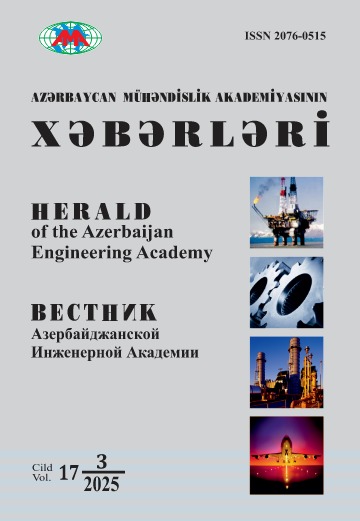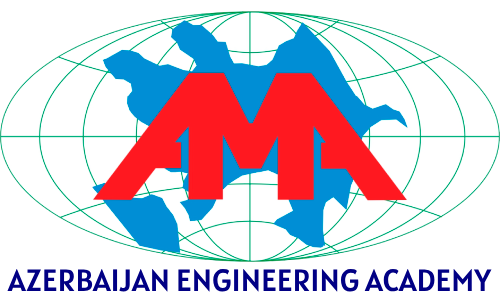Forced Air-nano-fluid Cooling of Friction Pairs of Disc-pad Brake Devices
DOI:
https://doi.org/10.52171/2076-0515_2024_16_04_08_16Keywords:
drawwork, serial disk-pad brake, forced air cooling, forced nanoliquid cooling, diskpad brakeAbstract
The development of designs and the theoretical studies of tubular type disk-pad brakes of drawworks with the forced air-nanofluid cooling of their friction pairs allowed to establish the following: improved wear-friction properties of friction pairs were achieved due to operation in a temperature range below the permissible for the materials of friction linings and, as a result, braking qualities for the lifting shaft of the drilling rig; nanopowder of fusible metals are applied to the liquid, diluted with water or acetone, which allowed to significantly increase the thermal conductivity coefficient of the nanoliquid and thus improve the efficiency of forced cooling of the friction belts of the brake discs; it is necessary to observe the condition that the volumes of nanofluid in the evaporation zones are much larger than in the zones of its condensation, which intensifies the heat exchange in different aggregate states of the nanofluid due to increased cycles of its circulation; accelerators of nanofluid movement in any aggregate state between the evaporation and condensation zones in their heated state are diffusers, and retarders are confusors acting as a transport zone, as well as non-continuous slits in the lower ring of the main disk, which cause changes in the gradients of speed, pressure and temperature in nanofluid layers; the surface-volume gradient of the temperature of the friction belts during braking in the main disk of the tubular structure is insignificant, and the depth gradient is small in magnitude.
Downloads
Published
How to Cite
Issue
Section
License

This work is licensed under a Creative Commons Attribution-NonCommercial 4.0 International License.



